Exploring the Timeless Allure of Science Fiction: Why This Genre Captivates Us
Hey readers! This is Pixie Quill with another blog okay so Let’s talk about sci-fi movies and books today hehee. [why? Because I want to] so why do you think sci fi genre is so popular among teenagers? Is it only because you can escape to a new world or because it nurtures your creativity and imagination beyond the closed suffocating walls of reality [which sucks okay?]
Let’s see
Science fiction is a captivating realm where the boundaries of the imaginable are stretched and redefined. Its popularity among teenagers stems from its ability to combine the thrill of adventure with the exploration of profound ideas about existence, technology, and the future. Through awe-inspiring narratives and imaginative settings, sci-fi has the power to nurture creativity and foster innovative thinking in its audience.
The Allure of Sci Fi for Teenagers
Teenagers are at a pivotal stage of life, characterized by curiosity, self-discovery, and the search for identity. Sci-fi resonates deeply with this audience because it speaks to their yearning for exploration and their quest to understand the world and their place within it. As Albert Einstein once said, “Imagination is more important than knowledge. For knowledge is limited, whereas imagination encircles the world.” Sci-fi’s limitless scope encourages teenagers to dream beyond the constraints of their reality.
Take, for instance, The Hunger Games series by Suzanne Collins. Set in a dystopian future, it captures the trials of a young heroine, Katniss Everdeen, as she battles oppression and fights for survival. Teenagers find her story compelling because it mirrors their own struggles against societal expectations and the pursuit of individuality. The futuristic setting and innovative concepts in the series also stimulate the audience’s imagination, encouraging them to think critically about societal structures and the potential consequences of human actions
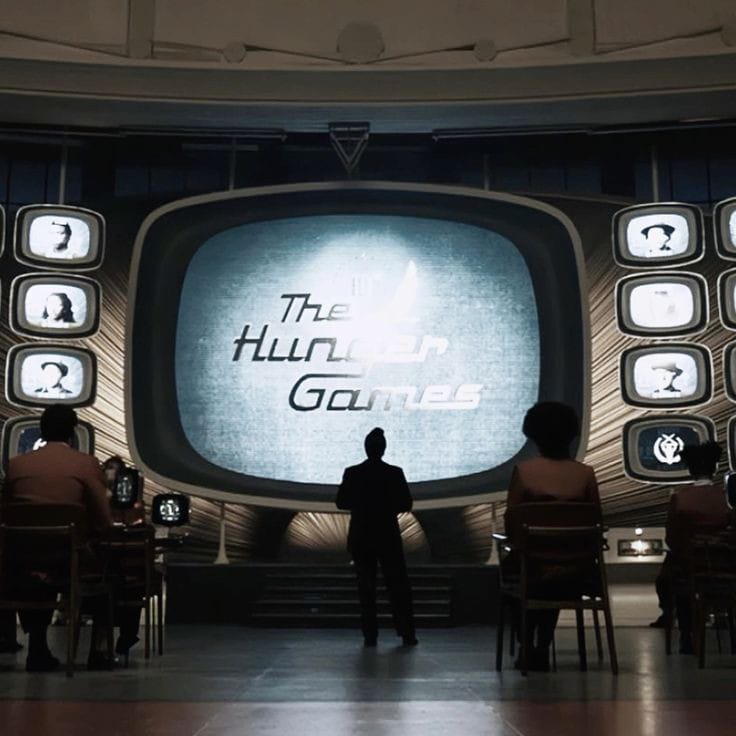
Sci Fi as a Catalyst for Creativity
Sci-fi acts as a crucible for creativity, sparking ideas that extend far beyond its fictional worlds. By presenting scenarios that challenge conventional thinking, it inspires readers and viewers to envision alternative realities and innovative solutions to real-world problems. In a sense, sci-fi serves as a training ground for the imagination, where the impossible becomes plausible and the implausible becomes a canvas for creative thought.
Consider Star Wars, a saga that has captured the hearts and minds of audiences across generations. At its core, it is not merely a tale of galactic warfare but a story about hope, redemption, and the hero’s journey. The intricate world-building, from light sabers to interstellar travel, encourages audiences to imagine advanced technologies and societies. For teenagers, this imaginative exposure fosters a sense of wonder and curiosity that can translate into innovative thinking in fields such as science, engineering, and the arts.
Similarly, Dune by Frank Herbert introduces a universe rich with complex ecosystems, political intrigue, and philosophical depth. The story’s exploration of environmental sustainability and the balance of power provides fertile ground for young minds to grapple with contemporary issues in a speculative context. By immersing themselves in such narratives, teenagers develop the capacity to think critically and creatively about challenges facing humanity.
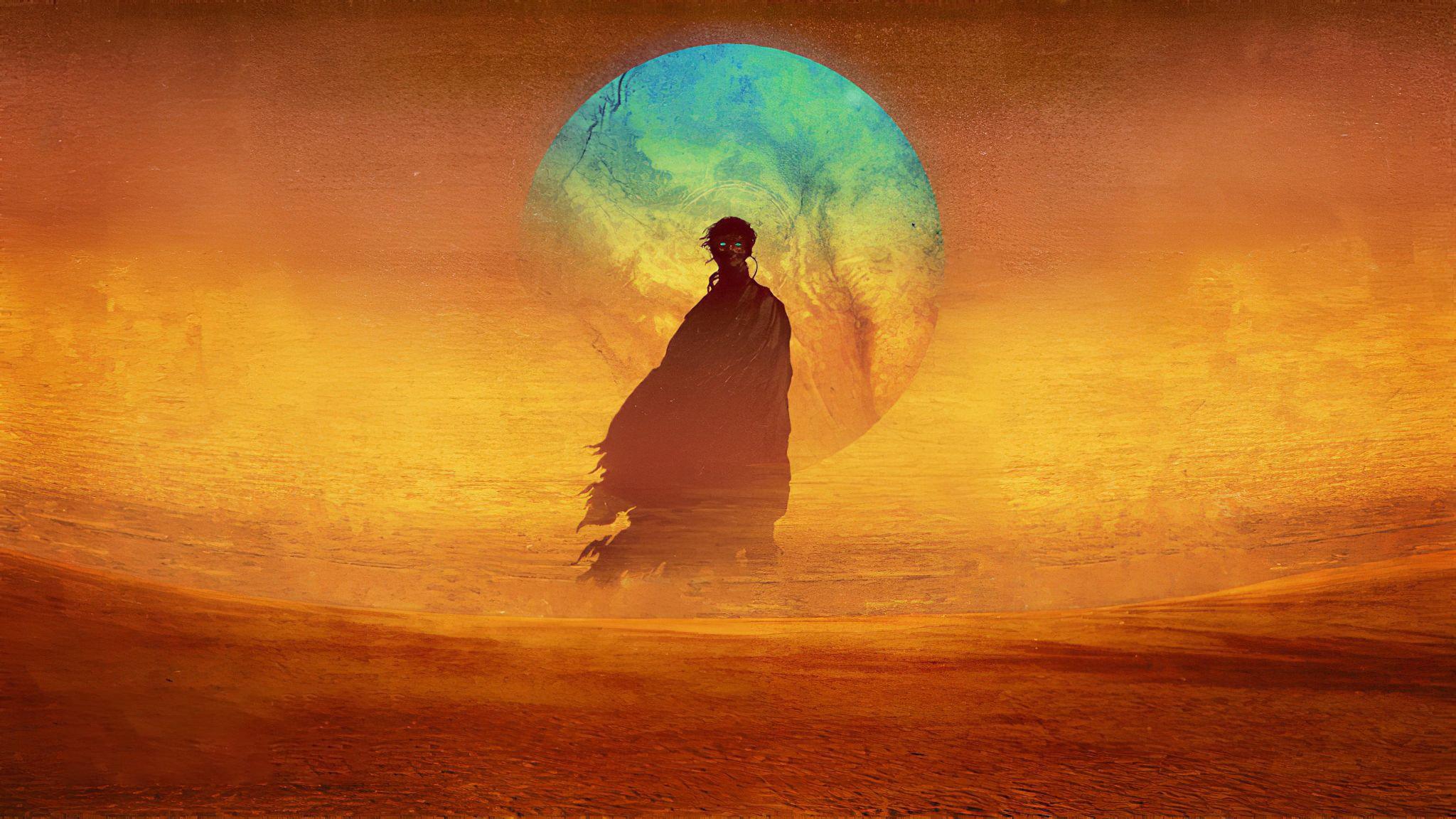
The Power of Metaphor and Symbolism in Sci Fi
Sci-fi is a treasure trove of metaphors and symbolism, which add layers of meaning and provoke deeper thought. These literary devices transform sci-fi stories into allegorical mirrors of our own world, allowing audiences to explore complex ideas in an engaging and accessible way.
1984 by George Orwell, for example, serves as a chilling metaphor for totalitarian regimes and the loss of personal freedoms. Through the lens of a dystopian future, teenagers are encouraged to reflect on the importance of individual autonomy and the dangers of unchecked authority. The haunting imagery of “Big Brother” watching over every move resonates as a powerful reminder of the value of privacy and freedom of thought.
In The Matrix, the concept of the simulated reality becomes a metaphor for the ways in which society can blind individuals to the truth. The iconic choice between the red pill and the blue pill symbolizes the human desire for knowledge and the courage required to confront harsh realities. Teenagers, navigating their own awakening to the complexities of the world, find inspiration in such metaphors to question assumptions and seek deeper truths.
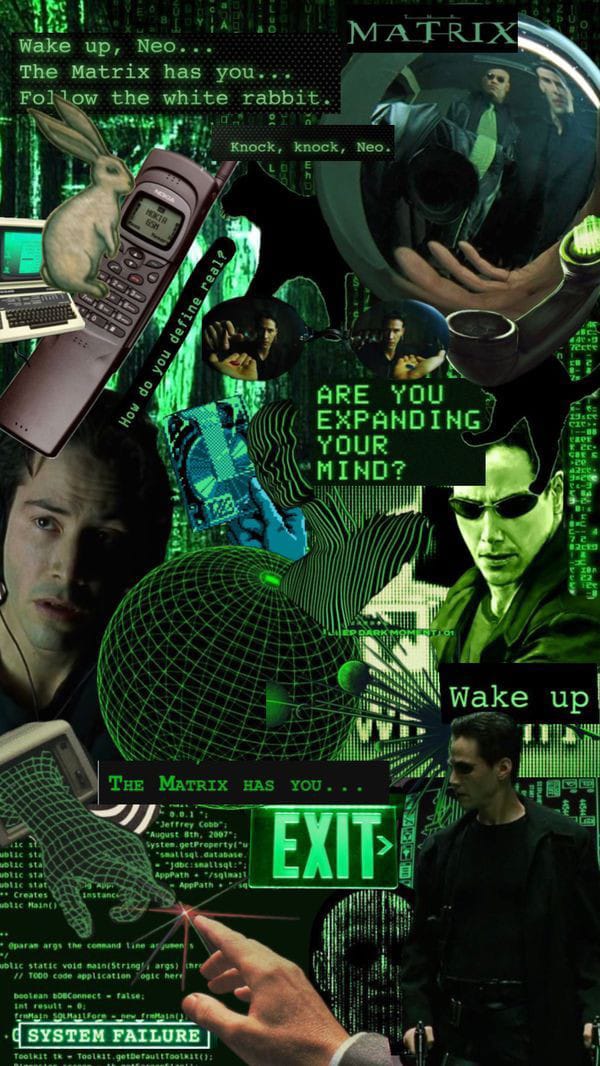
Bridging Science and Art
One of sci-fi’s greatest contributions is its ability to bridge the realms of science and art, creating a fertile ground for interdisciplinary inspiration. By blending scientific concepts with artistic storytelling, sci-fi demonstrates how creativity and rationality can coexist and thrive together. This fusion not only captivates young audiences but also broadens their understanding of the interconnectedness of knowledge.
Isaac Asimov’s Foundation series exemplifies this synthesis. It weaves intricate narratives around the concept of psychohistory, a fictional science that combines mathematics and sociology to predict the future of civilizations. The series challenges readers to consider the role of science in shaping society, inspiring teenagers to think about how interdisciplinary approaches can address complex problems.
Similarly, Andy Weir’s The Martian provides a gripping tale of survival on Mars, rooted in scientific accuracy. The protagonist, Mark Watney, embodies ingenuity and resilience as he overcomes one challenge after another using science and creativity. For teenage readers, his journey is a testament to the power of problem-solving and the importance of perseverance.

The Legacy of Sci-Fi
The influence of sci-fi extends far beyond its fictional worlds, shaping the imaginations of those who dare to dream. It has inspired countless innovators, from engineers to filmmakers, to push the boundaries of what is possible. As Carl Sagan eloquently stated, “Somewhere, something incredible is waiting to be known.” Sci-fi kindles this spirit of discovery, instilling a sense of wonder and curiosity in its audience.
Movies like Interstellar, directed by Christopher Nolan, exemplify this legacy. With its breathtaking visuals and profound exploration of time, space, and love, the film captivates teenage audiences while introducing them to complex scientific concepts like relativity and wormholes. The emotional depth and intellectual rigor of the narrative inspire young minds to explore the cosmos and contemplate humanity’s place within it.
On the literary front, A Wrinkle in Time by Madeleine L’Engle combines fantasy and science fiction to explore themes of love, courage, and the power of the human spirit. Its imaginative portrayal of tesseracts and interdimensional travel ignites the curiosity of young readers, encouraging them to embrace both scientific inquiry and creative expression.
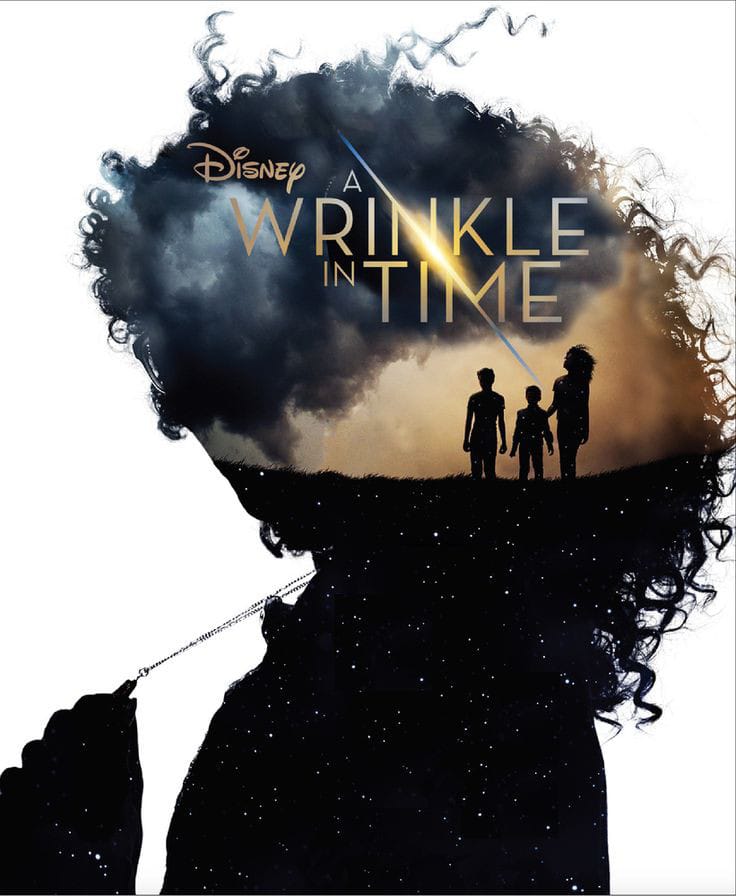
Sci-fi’s popularity among teenagers is a testament to its ability to ignite the imagination and inspire creative thinking. By transporting its audience to fantastical worlds and presenting thought-provoking ideas, it serves as both a mirror and a lamp, reflecting the complexities of our own world while illuminating the path to new possibilities. From the dystopian landscapes of The Hunger Games to the cosmic grandeur of Interstellar, sci-fi invites teenagers to dream boldly and think deeply.
As we navigate an era of rapid technological advancement and societal change, the lessons of sci-fi become ever more relevant. It challenges us to envision a future shaped by innovation, empathy, and resilience. For teenagers, it offers not just an escape but a call to action—a reminder that, as Arthur C. Clarke wrote, “The only way of discovering the limits of the possible is to venture a little way past them into the impossible.”
Discover more from Ge-erdy Verse
Subscribe to get the latest posts sent to your email.
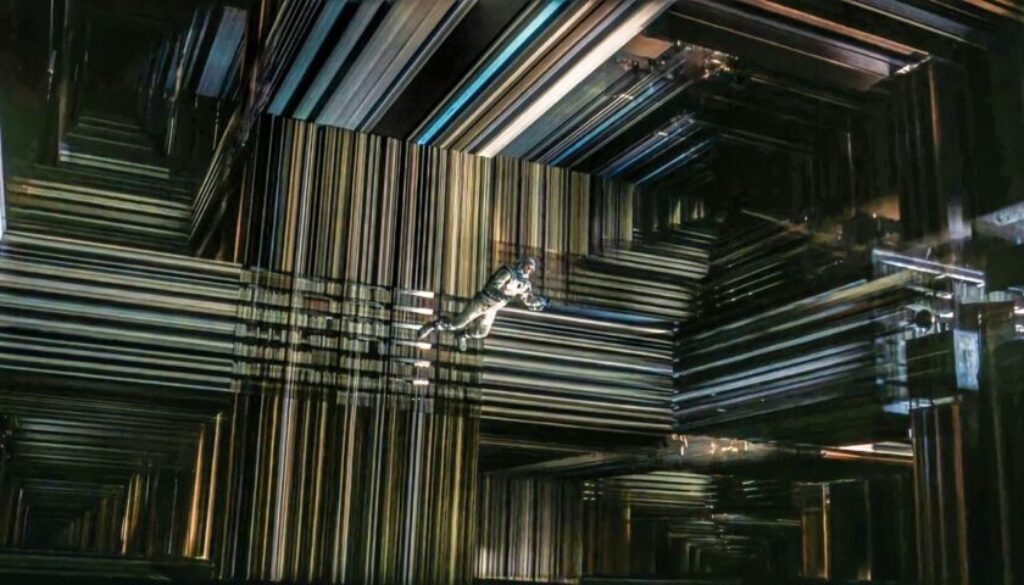
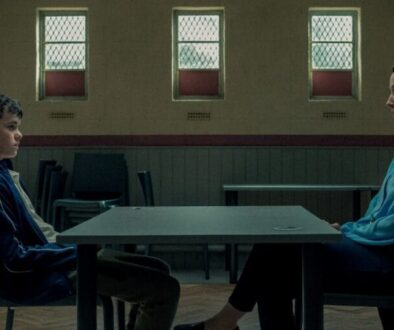
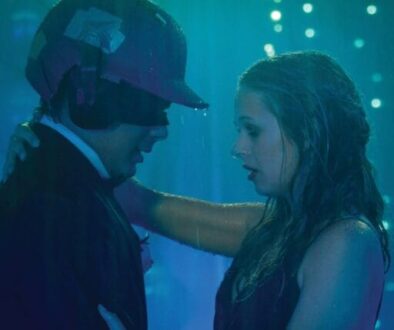
![20250325_223818-COLLAGE[1] 20250325_223818-COLLAGE[1]](https://geerdyverse.com/wp-content/uploads/2025/03/20250325_223818-COLLAGE1-1024x769-394x330.jpg)